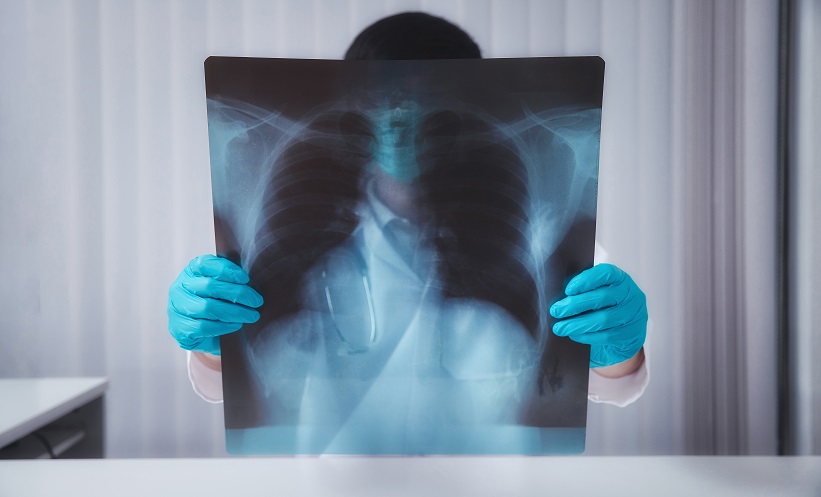IN A recent study, researchers found that interstitial lung abnormalities (ILAs), early indicators of interstitial lung disease, were present in 1.7% of routine abdominal and thoracoabdominal CT scans from unselected patients. Conducted at a single-center tertiary hospital between January 2008 and December 2015, the study analyzed over 21,000 scans from patients aged 50 and older with no history of lung-related conditions. Surprisingly, 43.9% of these findings were not reported in the original clinical interpretations, raising concerns about underdiagnosis.
The study revealed that ILAs, particularly those with fibrotic features, were associated with serious health outcomes. Patients with fibrotic ILAs had a fourfold increased risk of death from respiratory causes compared to those without ILAs. Notably, traction bronchiectasis was identified as a predictor of disease progression.
Abdominal CT scans detected ILAs in 1.3% of cases, while thoracoabdominal scans identified them in 2.1%. These findings underscore the need for heightened vigilance in interpreting routine CT imaging, as early recognition of ILAs could prompt interventions to mitigate risks of respiratory decline and mortality.
This study highlights the importance of recognizing incidental findings with potential prognostic implications in non-targeted imaging, especially as CT use grows in clinical practice.
Reference: Sverzellati N et al. Interstitial lung abnormalities on unselected abdominal and thoracoabdominal CT scans in 21 118 patients. Radiology. 2024;313(2).







